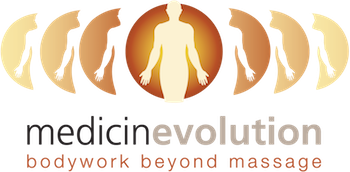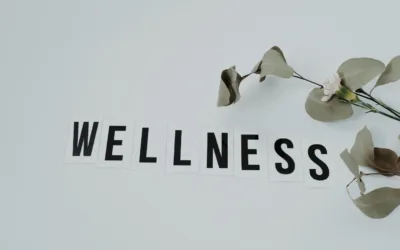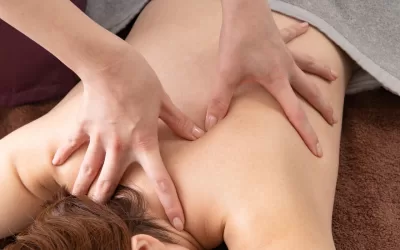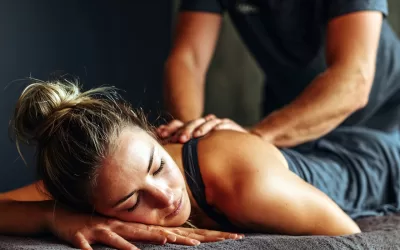Athletes in sports like cycling, Brazilian Jiu-Jitsu (BJJ), and CrossFit often struggle. They face the challenge of managing the impact of different movements on their bodies. This can cause pain and injuries, making it hard to perform well and reach fitness goals.
Having a pain-free fitness routine is key to avoiding injuries and staying in top shape. By fixing these conflicting patterns, athletes can lower their injury risk and get stronger.
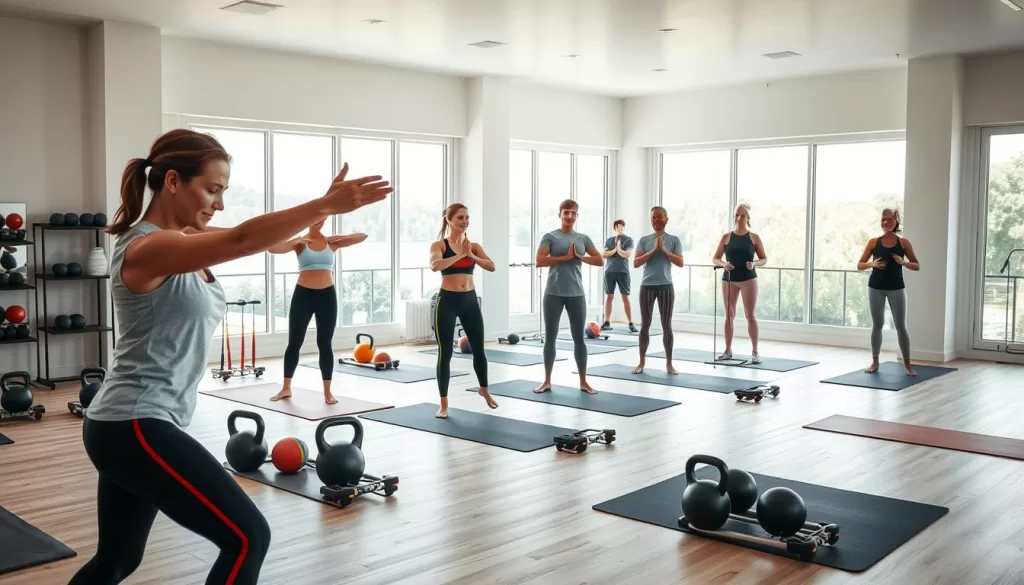
For example, BJJ players can benefit from flexibility exercises. The article “7 Ways to Increase Flexibility for Jiu-Jitsu” shows how important it is. It talks about how flexibility can prevent injuries and boost performance.
Key Takeaways
- Addressing conflicting movement patterns is key to avoiding injuries.
- A 6-week plan can help athletes stay pain-free and fit.
- Adding flexibility exercises can enhance performance and cut down injury risk.
- Training without pain is vital for top athletic performance.
- A good fitness plan includes strengthening and flexibility training.
The Unique Challenges of Multi-Disciplinary Athletes
Being an athlete in multiple sports can cause body stress. Those who do cycling, Brazilian Jiu-Jitsu (BJJ), and CrossFit face special challenges. Each sport has its own demands, affecting their health.
How Cycling, BJJ, and CrossFit Create Conflicting Movement Patterns
Cycling mainly works the lower body in one way. BJJ, on the other hand, requires flexibility and strength in many directions. CrossFit adds more with its varied, intense workouts. This mix can lead to conflicting movement patterns and injuries if not managed right.
The Cumulative Impact on Joints, Muscles, and Connective Tissue
Training in many sports can harm an athlete’s joints, muscles, and connective tissue. Cycling tightens the hips and lower back. BJJ strains the shoulders and knees. CrossFit’s intensity makes these problems worse. A good repatterning plan is key to avoiding long-term damage.
Some key areas of concern include:
- Lower back strain from cycling and CrossFit
- Shoulder and knee injuries from BJJ
- Overuse injuries due to repetitive stress
To tackle these issues, athletes need to focus onworkout safetyandexercise form techniques. This helps reduce injury risks.
Common Pain Points and Injury Patterns Across Disciplines
Athletes in sports like cycling, BJJ, and CrossFit face unique challenges. These can lead to injuries if not handled right. Knowing the common pain points and injury patterns is key for injury prevention and staying at the top of your game.
Cycling-Specific Issues
Cycling can cause lower back strain, knee pain, and IT band syndrome. This is because of the repetitive motion and bike fit. Getting the right bike fit and using proper training techniques can help avoid these problems.
BJJ Trouble Areas
BJJ athletes often get pain and injuries in their shoulders, fingers, and neck. This is because of the grappling nature of the sport. Using techniques that reduce strain on these areas can help athletes avoid workout injuries.
CrossFit Vulnerabilities
CrossFit’s varied and intense exercises can hurt the wrists, lower back, and rotator cuff. It’s important to focus on proper form and gradually increase intensity to prevent injuries.
By understanding these common pain points and taking steps to address them, athletes can lower their injury risk. This way, they can keep a healthy, balanced training routine across different sports.
The Science Behind Repatterning for Athletic Longevity
To keep training pain-free, athletes need to understand repatterning. It’s about how the body adapts and changes to stay in top shape. This is key for lasting in sports.
Neurological Adaptation vs. Physical Compensation
Neurological adaptation means the body learns new ways to move. Physical compensation is when the body changes to avoid pain or injury. Knowing the difference helps in repatterning.
How Movement Patterns Become Dysfunctional
Movement patterns can go wrong over time. This happens due to repeated stress, bad technique, or not enough rest. Such issues can cause injuries and lower performance.
The Role of Fascial Systems in Pain-Free Movement
The fascial system is vital for smooth movement. It ties together all body parts. Joint health exercises that focus on the fascial system can improve flexibility and lower injury risk.
By tackling these areas, athletes can use muscle recovery tips to stay at their best.
Week 1-2: Assessment and Foundation Building
Week one and two focus on understanding your movement limits and building a strong base. This first step is key for the rest of the journey.
Self-Assessment Protocol for Movement Limitations
Start by checking your movement limits with simple exercises. This helps find areas of tension and restricted movement. Try a shoulder mobility test by raising your arms overhead and noticing any discomfort.
For more detailed mobility assessment, check out Mayo Clinic’s fitness articles. They offer great tips on staying flexible and mobile.
Core Stabilization Exercises for All Three Sports
Core stability is key for athletes in cycling, BJJ, and CrossFit. Doing planks and Russian twists strengthens your core. This is vital for safe and effective performance.
A strong core is important for cyclists to keep the right bike posture. BJJ athletes get better stability in grappling, and CrossFit athletes see better overall performance. Adding core exercises to your daily routine can lower injury risk.
Daily 15-Minute Mobility Routine
Doing a daily mobility routine is essential for staying flexible and injury-free. Spend 15 minutes a day on mobility exercises. For example, leg swings and hip circles are great.
- Leg Swings: Front and back
- Hip Circles: Both clockwise and counter-clockwise
- Arm Circles: Forward and backward
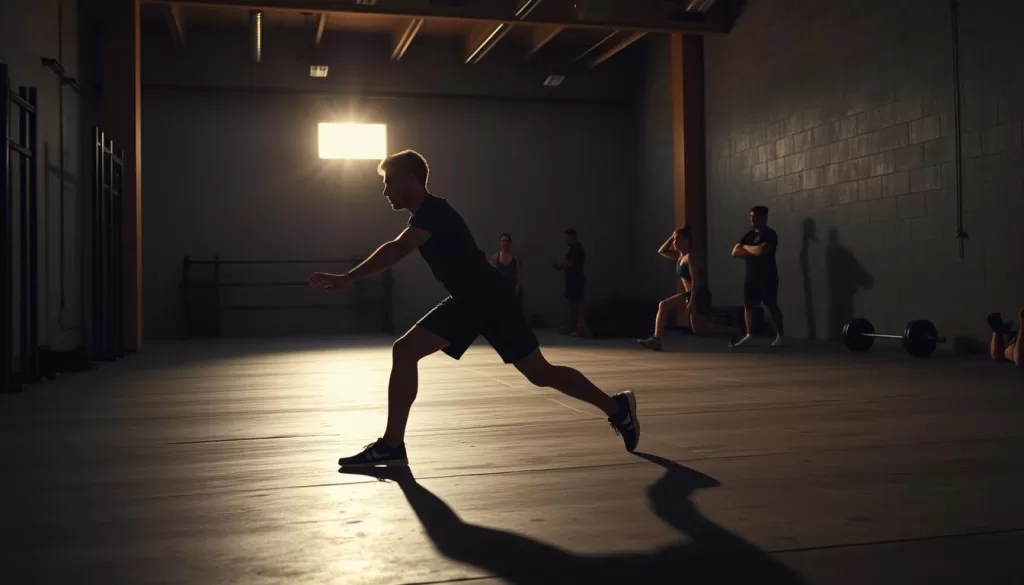
Proper breathing is important for getting ready to move. Using diaphragmatic breathing relaxes muscles and improves focus. For more advanced tips, check out Medicinevolution.
By adding these techniques to your daily routine, you’ll be ready for your sports’ demands without pain or injury.
Week 3-4: Sport-Specific Techniques to Keep Training Pain-Free
As athletes move into weeks 3-4, it’s key to use proper training techniques to stay injury-free. This time is vital for making changes that help athletes avoid workout injuries and boost their performance.
Cycling: Bike Fit Adjustments and Compensatory Exercises
Cyclists can benefit from bike fit adjustments to ensure optimal positioning and reduce strain on the lower back and knees. Proper bike fit is essential for injury prevention.
Hip Flexor and Thoracic Spine Mobilization
Mobilizing the hip flexor and thoracic spine can help alleviate tension caused by cycling. Regular exercises targeting these areas can improve flexibility and reduce the risk of injury.
BJJ: Guard Work Modifications and Joint Protection
BJJ practitioners can modify their guard work to protect their joints, mainly the shoulders and fingers, from excessive strain. Guard work modifications can help in avoiding workout injuries.
Shoulder Prehab and Grip Strengthening
Prehabilitation exercises for the shoulders and strengthening grip can enhance resilience against injuries common in BJJ. These exercises are key for maintaining a strong and healthy grip during training.
CrossFit: Movement Pattern Refinement
CrossFit athletes can refine their movement patterns to reduce the risk of injury. Focusing on proper technique is vital for injury prevention.
Olympic Lift Alternatives for Compromised Joints
For athletes with compromised joints, using alternatives to Olympic lifts can help maintain training intensity while protecting vulnerable areas. This approach supports injury prevention and allows for continued progression in training.
Week 5-6: Integration and Progressive Loading
Now, it’s time to integrate and load the body progressively. This is key for athletes in cycling, BJJ, and CrossFit. It helps them improve their performance and keep their training pain-free.
Creating a Balanced Weekly Training Schedule
A balanced training schedule is vital for athletes who do multiple sports. It means setting aside specific days for each sport. Also, make sure to include joint health exercises and enough rest time. Here’s an example schedule:
| Day | Activity | Intensity |
|---|---|---|
| Monday | Cycling | Low |
| Tuesday | BJJ | Medium |
| Wednesday | Rest | – |
| Thursday | CrossFit | High |
| Friday | Cycling | Medium |
Progressive Intensity Methods That Preserve Joints
Increasing intensity without injury is a challenge. Athletes can do this by slowly adding more to their workouts. They should also use muscle recovery tips like foam rolling and stretching. For more on recovery, check out this resource.
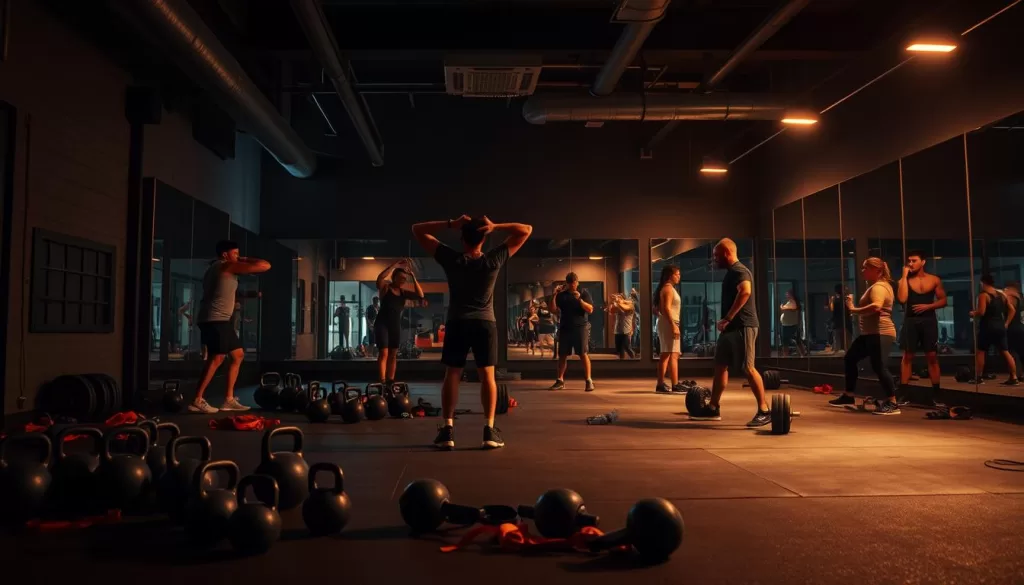
Red Flags and When to Modify Your Training
It’s important to watch for signs like persistent pain or lower performance. If you see these, it’s time to adjust your training to avoid injury.
Using Heart Rate Variability for Recovery Monitoring
Heart Rate Variability (HRV) is great for checking recovery. It helps athletes know when they’re ready for hard training or need a rest. Using HRV is a key strategy for keeping training pain-free.
Recovery Protocols That Support Multiple Disciplines
To stay at the top, athletes in many sports need a solid recovery plan. This is key for those who do cycling, BJJ, and CrossFit.
Nutrition Strategies for Joint Health and Tissue Repair
Eating right is vital for joint health and fixing tissues. Foods like salmon, berries, and leafy greens are great. Also, adding glucosamine and chondroitin supplements can help a lot.
Sleep Optimization for Athletic Recovery
Getting enough sleep is a must for athletes to recover. Try to sleep 7-9 hours each night and keep a regular sleep schedule. Using progressive muscle relaxation and mindfulness meditation can also make sleep better.
Contrast Therapy and Soft Tissue Maintenance
Switching between hot and cold can help with muscle pain. Self-myofascial release and foam rolling also keep soft tissues in good shape. For more on massage, check out this resource.
Essential Recovery Tools for Multi-Sport Athletes
Here are some must-have recovery tools for athletes in many sports:
- Foam rollers for self-myofascial release
- Compression garments for better blood flow
- Electrostimulation devices for muscle healing
Conclusion: Maintaining Your Pain-Free Training Beyond Six Weeks
Finishing the 6-week plan is just the start. To keep going, keep up with good training habits and recovery. This is key to staying injury-free and pain-free.
Check yourself often to spot any issues early. Keep working on your movement and adjust your training as needed.
It’s also important to increase your workout intensity slowly. Make sure your training schedule is balanced to avoid too much stress.
By sticking to these tips, you can keep training without pain. Aim for steady progress and enjoy a long, healthy, and strong training career.
FAQ
What is a repatterning plan, and how can it help athletes training in multiple disciplines?
A repatterning plan helps athletes by fixing bad movement habits. It reduces stress on joints and muscles. This 6-week plan helps athletes in cycling, BJJ, and CrossFit avoid pain and injuries.
How do different sports like cycling, BJJ, and CrossFit create conflicting movement patterns?
Cycling, BJJ, and CrossFit each have their own unique demands. Cycling has repetitive leg motion, BJJ has complex grappling, and CrossFit has many exercises. These demands can cause conflicting patterns, leading to body strain. Knowing these patterns helps athletes prevent injuries.
What are some common pain points and injury patterns associated with cycling, BJJ, and CrossFit?
Cycling often hurts the lower back, knees, and IT band. BJJ can strain shoulders, fingers, and neck. CrossFit athletes might face wrist, lower back, and rotator cuff issues. Spotting these common problems helps athletes take steps to prevent injuries.
How can athletes assess their movement limitations and identify areas for improvement?
Athletes can check their movement by looking at range of motion, strength, and flexibility. By finding areas that need work, they can focus on exercises to improve. This helps reduce injury risk.
What role does recovery play in maintaining pain-free training, and what strategies can athletes use?
Recovery is key for the body to heal and adapt. Athletes can aid recovery with good nutrition, sleep, contrast therapy, and soft tissue care. These steps help keep training pain-free.
How can athletes balance their weekly training schedule to avoid overtraining and prevent injuries?
A balanced schedule means spreading out training intensity and volume. Athletes need recovery time and varied training to avoid overuse. Heart rate variability can help gauge recovery and adjust training.
What are some essential recovery tools that multi-sport athletes can use to support their training?
Key recovery tools include foam rollers, massage balls, and compression wear. Contrast therapy and self-myofascial release also help maintain soft tissue health.
How can athletes progress their training intensity while preserving joint health and avoiding injury?
Athletes can increase training intensity slowly. It’s important to listen to the body and adjust if needed. Proper form, injury prevention, and recovery help athletes grow their training safely.
